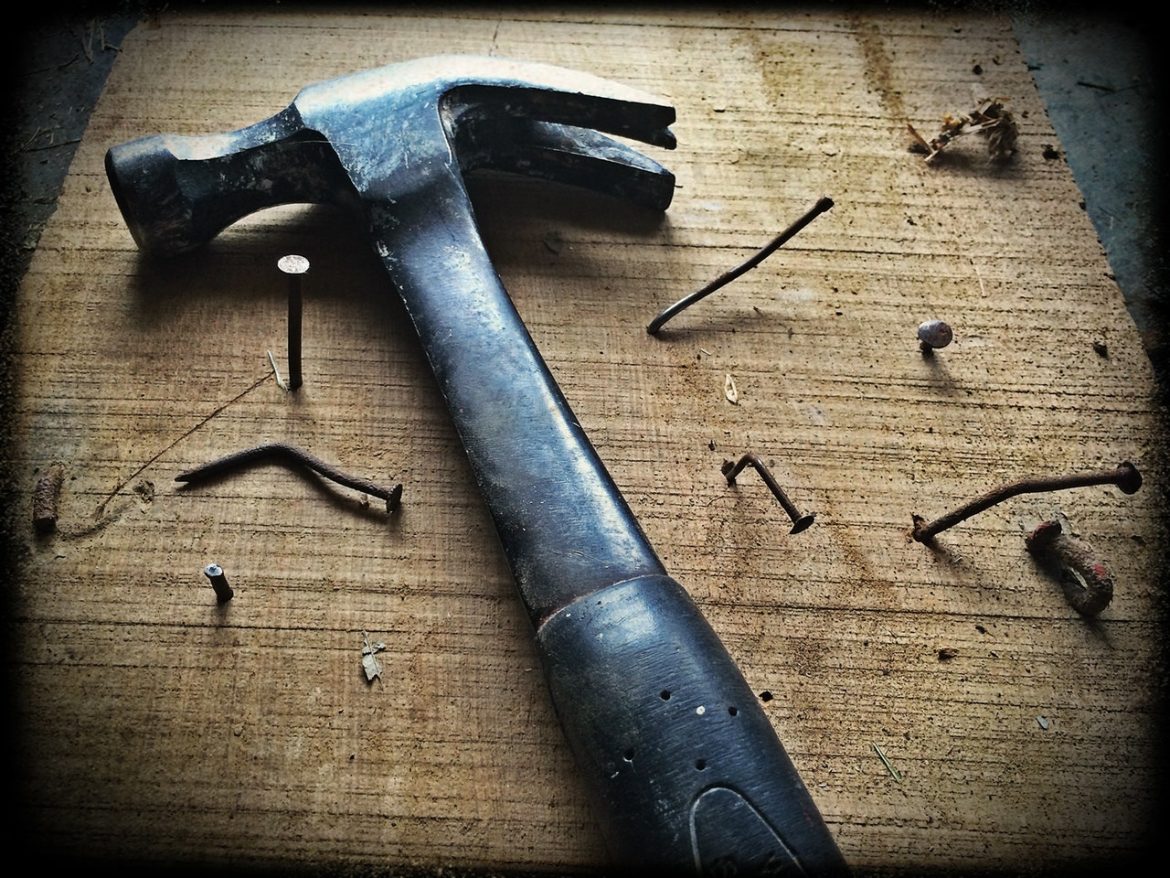Timber is simply the best material you can use for constructing from an environmental perspective. Should you take some time to take into account the impacts of wood versus those of other construction materials you will see that there’s a very persuasive argument for constantly building with wood.
People would respond to wood as if they were connected to it in a way – it isn’t just mere aesthetics, but also applies to other senses like touch and smell. If someone enters the kitchen and sees a counter top made from wood, or picks up a timber light fitting, the first thing they would think of doing is run their hands over it. You don’t see that happening with other materials. Timber is very cost effective and has many great features great for outdoor products and structures. It has also become more innovative within the last few years with products and services such as curved timber becoming increasingly popular. It is chosen because it’s long lasting performance and natural look, depending on the type or grade of timber. However, the natural characteristics of most timber also come with some relative disadvantages. These disadvantages however, can be turned around using modern fixes that have turned timber into highly sought after material for building good value and longer lasting structures.
Advantages
• Timber is almost always available
Timber is a material that can be found in nature and is easily acquired from many building material suppliers all over Australia.
• It is safe
Since It is a natural material, timber is not toxic. It is safe to handle even if it the material gets older. Not only that, it does not cause any damage to the environment. It can be safely reused and recycled and maximizes Green Star energy rating and carbon credits. Most timbers recently are endorsed or harvested to maximize life cycle.
• Easy to work
Due to its light weight, density and structure, and due to the fact that we have been using timber in building for a very long time, we have highly advanced machinery to cut, shape, drill and prep timber to a specific size and shape, creating structural timber beams if and when necessary.
Even hardwood timber are so much easier to work with compared to other materials like steel.
• It is cost effective
Timber is the most cost effective alternative to many other materials available in the market. Tree services allow time from the cutting and recycling process which becomes both environmental and a more cost effective material to build with. Considering the life cycle of timber, it takes less steps to produce than many other building materials, therefore costing less to produce.
• It looks gorgeous and is very versatile
Timber comes in many different grades and species. This gives timber its much needed versatility, making it very useful and appealing. Structural and visual grade timers are always preferred for outdoor structures.
• It is naturally anti-corrosive
Unlike steel and other materials, timber does not corrode or degrade in salt air or heavily industrialized environments.

Disadvantages
Timber is natural and cellular, therefore, it adapts to changes according to climate. Timber has the tendency to shrink, swell, twist, crack or even bend over time dude to different climatic conditions.
- Most timbers are prone to damage from pests, can rot, grow moulds and even get fungi. Some timber however have more resistance but still require a minimum of LOSP or ACQ treatment for outdoor use.
- Timber may look silver or old if left natural and not taken care of. Kind of how garden wire products look if they have been outside for some time.
- Timber maintenance can be a bit higher than most building materials. Given the advantages and disadvantages, how do we turn these disadvantages in our favour for longer lasting use. First, you must ensure you are using select visual grade timbers, and second, you treat your timber with easy wood treatment like.
- Using a specific grade of timber ensure that you have the most consistent form of timber available. This, along with the application of a wood treatment before and during the life of your timber will hugely reduce the chances of splitting, cracking, warping and cupping.
- Making sure the grade of timber has been ACQ or LOSP treated is important, when you pair this with wood treatment, you get the perfect timber treated which is perfect for your use.
- Timber maintenance can be costly, but picking the best timber from the start of the selection process and applying the correct treatment. Did you know that wood treatment is oil based? This means it can be applied easily with a rag or brush over the existing coating. With no sanding, or cleaning necessary.
Selecting the right timber, whether it be softwood, pine or hardwood is important to make sure you get your desired visual grade. Make sure you get your hardwood treated with ACQ to help protect timber from insects, rot, warping and splitting – you can then further strengthen your timber with wood treatment to avoid ongoing costs. With softwood, make sure they are LOSP treated in clear colour as it may change the look of the timber and the coasting, stain or further treatment colour. Then treat the timber with oil based product that is highly recommended by the industry. The local industry can tell you the best product that will stand the test of time. It isn’t about moving on from timber entirely and moving on to wire products or wire furniture instead of staying with the timber products and tree wood furniture.






